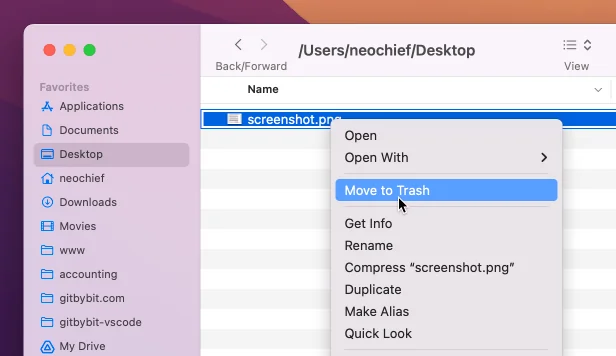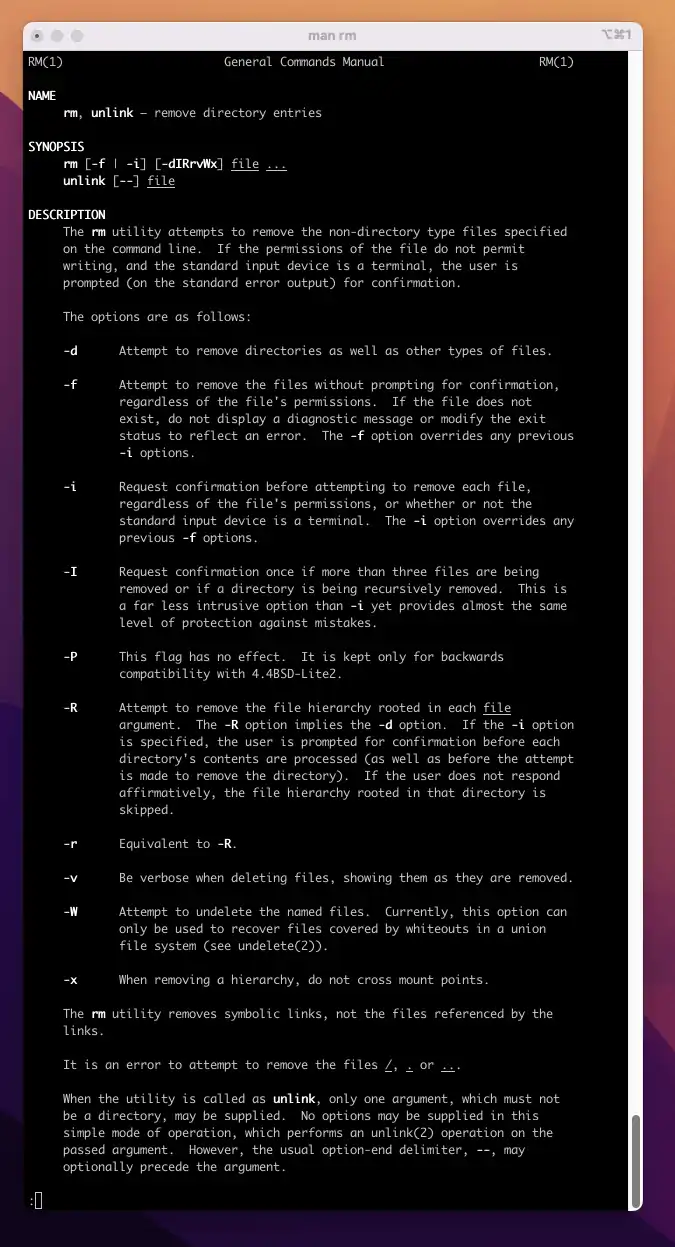CLI vs GUI
Command line interface (CLI) is a text-based interface that allows users to interact with a computer system by typing commands into a terminal. Unlike graphical user interfaces (GUIs), which rely on visual elements like buttons and icons, CLIs require users to input text commands to perform tasks.

Removing a file via CLI.
Graphical user interface (GUI) is a visual way for users to interact with a computer or software application. It uses graphical elements like windows, icons, buttons, and menus to allow users to perform tasks without needing to type commands in a terminal or command line interface (CLI). GUIs are designed to be intuitive and user-friendly, making it easier for people to navigate and use software.

Removing a file via GUI.
In most operating systems, GUIs provide streamlined ways to perform tasks, but CLIs offer more flexibility and control.
-
GUIs are particularly useful for general users who may not be familiar with command line commands or prefer a more visual approach to interacting with their computer. They allow users to click, drag, and drop items, making it easier to manage files, run applications, and perform various tasks without needing to remember specific commands.
-
CLIs, on the other hand, are often preferred by advanced users, system administrators, and developers who need to perform complex operations or automate tasks. They provide more control over the system and can be more efficient for certain tasks, especially when dealing with large amounts of data or performing repetitive actions.

Various options of the rm command.


